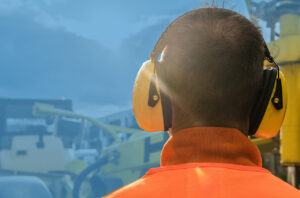The DVSA has worked alongside the HSE to produce an updated code of practice covering the safe loading, unloading and transportation of goods in heavy goods vehicles, trailers, vans, and cars.
The new guidance replaces the previous publications “Safety of loads on vehicles: code of practice” and “Load securing: vehicle operator guidance” and is aimed at drivers, vehicle operators and anyone involved in loading vehicles.
The new code of practice is split into 6 key sections, covering a different aspect of load security, these are:
- Responsibility for load security (operator, driver, and consignor responsibilities)
- Load securing: the basics (load securing systems, preloading checks, stabilising loads)
- What to do if a load becomes unstable during a journey (dealing with load shifts during journeys, checking loads and rearranging loads)
- Ways to secure a load in an HGV or good vehicle including:
- Attachment points
- Buckle straps and internal nets
- Bungee securing systems and kites
- Chains
- Coil wells, chocks, and cradles
- Friction and friction matting
- Headboards and bulkheads
- Positive fit
- Ropes
- Sheeting and netting
- Vehicle mounted equipment
- Webbing ratchet straps
- How to load different HGVs, light goods vehicles, small vans, and cars including
- Agricultural vehicles and loads
- Open vehicles and trailers
- Soft-sided vehicles and trailers
- Solid-sided vehicles and trailers, including passenger cars and light vans
- How to carry different types of load in HGVs and goods vehicles including
- Abnormal loads,
- Bales and boxes
- Bulk bags
- Construction products
- Dangerous goods
- Glass
- Kegs and barrels containing non-hazardous goods
- Intermediate built containers containing non-hazardous goods
- Metal loads
- Pallets
- Paper and cardboard
- Plant equipment
- Scaffolding equipment
- Skips
- Special load types, deliveries, and activities
- Timber
- Vehicles
- Work cabins and containers
If you have any questions or would like support with managing issues at your workplace, please speak to your usual contact or get in touch using the form below.
Latest News

Oct. 24, 2025
HSE Launch Motor Vehicle Paint Spraying Campaign

Oct. 24, 2025
Lifting Equipment and Pressure Systems: A Call For Evidence

Oct. 24, 2025
Making PPE Fit As Standard

Oct. 24, 2025
What To Do When It Isn’t Business As Usual

Oct. 24, 2025
Taking Slurry Safety Seriously

Sep. 29, 2025